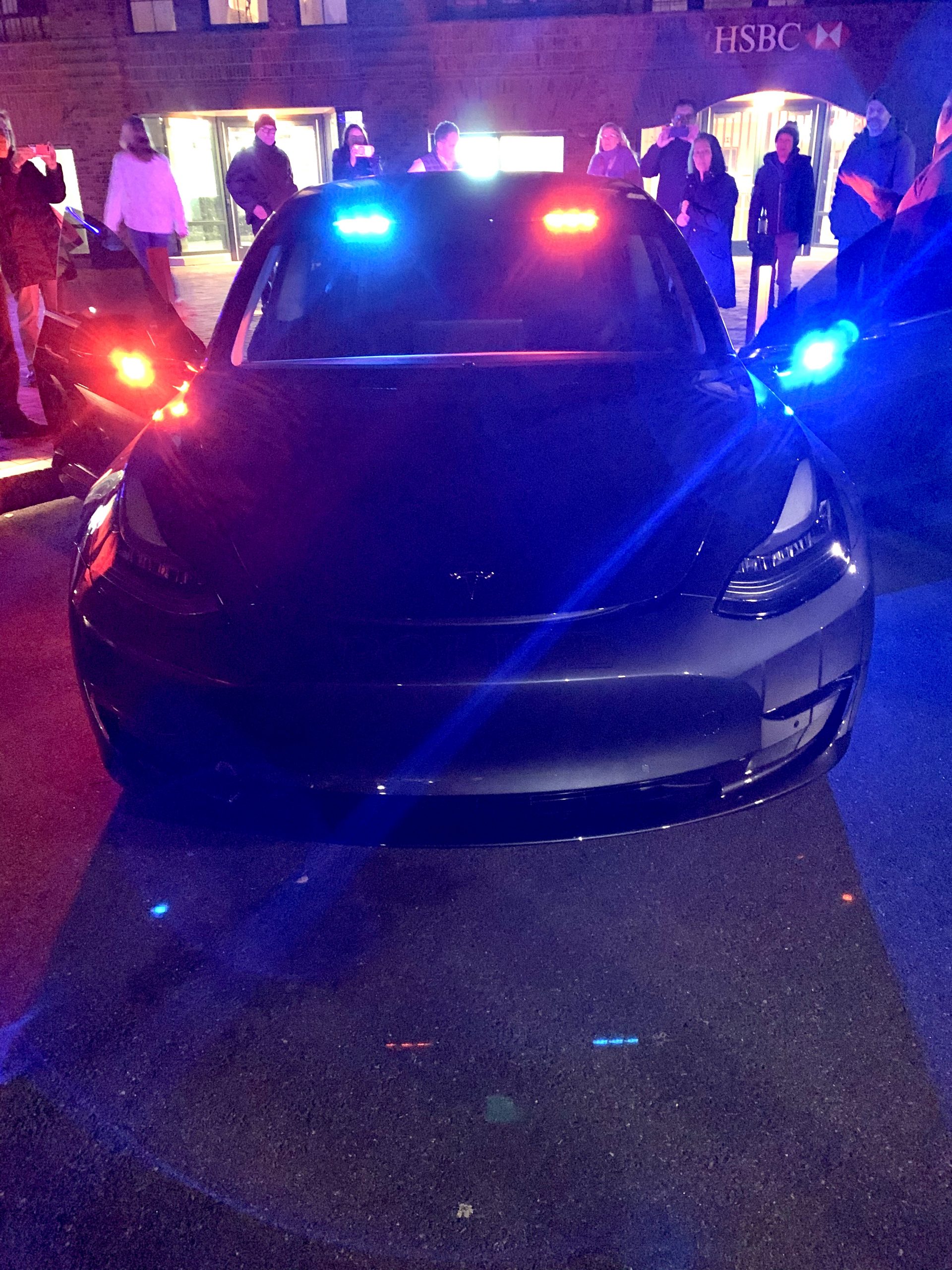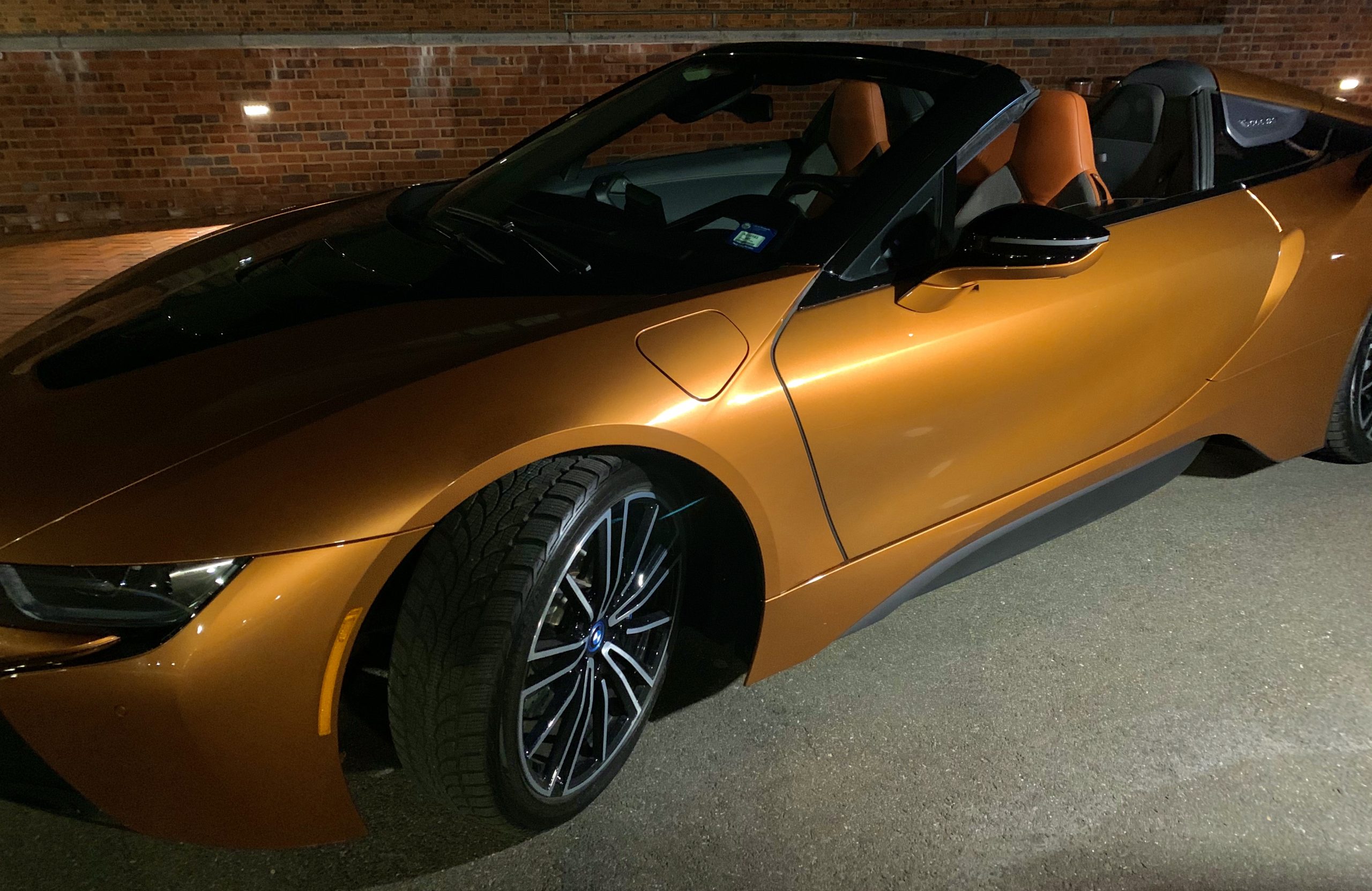New Policies for Westport EV Chargers
Photo of Baldwin Parking Lot in downtown Westport
No More Free Juice
It shouldn’t come as a surprise. It was not expected that taxpayers would fund free charging forever.
Baldwin was the catalyst, but the policies described below are intended to apply to all town-owned parking areas, and going forward planning for parking includes consideration for EV charging.
The Board of Selectwomen today approved a charge of $.35 per kWh.
Baldwin is a timed lot, and the 3-hour limit applies to the EV spaces as well. There will be a 15 minute grace period before the vehicle is assessed an idling charge of $10/hour, billed in 15 minute increments.
If a vehicle pulls into one of these spaces with a near-depleted battery, 3 hours will not be enough to fully charge it. If the vehicle has an onboard charger of around 11 kW, some back of the envelope calculations indicate that it will be able to get about 30 kWh of charge, equating to roughly 130 miles of range, for a cost of $10.50.
Chargers at the town’s two train stations are exempted from any idling charges.
The charging spaces are for EVs that are charging only. Aside from combustion (ICE) vehicles, it is not permitted for an EV that isn’t charging to use one of these spaces. Citations will be given. We don’t know what the penalty will be, but currently if an ICE vehicle parks in an EV space at the train depot, a $25 fine is assessed.
The new policies will go into effect in January. Free juice reigns for the holiday.
12 chargers, 80-amp units (powerful for AC), have been installed at Baldwin with infrastructure for 12 more for when the time comes. The incentives available through Eversource provide for this kind of future-proofing. The chargers have J-1772 connectors.
Contretemps
Whenever public chargers are installed, it seems to generate some level of controversy.
We hope that nobody thinks installing public chargers is a bad thing. Given the importance of EV adoption in reducing greenhouse gases and other pollutants, and ongoing consumer concerns about range anxiety, public chargers are needed. These can be the powerful DC fast chargers, usually located along highway corridors, but also the less expensive level 2 AC chargers, such as those in Baldwin, in locations where there is more dwell time.
EVs currently account for about 7% of all vehicles registered in Westport. While Westport residents will no doubt use the chargers, it would be a mistake to think that all shoppers/diners are from Westport and that everyone in Westport has access to home charging.
Prime Access
These chargers are located near the front of the lot. It is common to see EV chargers located in what might be considered the prime spots for a parking lot or a building. We have heard the term “elitist” used to characterize this practice. The much more pedestrian explanation is proximity to the power source. Installing the chargers at the back of the lot would require more trenching and would be more expensive. (In a new-build situation, it is much easier to do this.)
In the EV community, most would prefer if the chargers could be located toward the “back of the lot.” Less tsuris.
Ongoing Evaluation
Since being energized, the chargers have been busy. Who doesn’t like free? Topping off may become a less frequent behavior when there is a fee that is higher than charging at home, plus an idling fee. These chargers are connected via the EVConnect service, as all town chargers either are or will be, and charging data, along with consumer feedback, will be used to inform future charger-related decisions.
Charging per kWh
As noted above, the fee is based on the kWh consumed in a given charge. Public EV chargers typically charge either using this method or by the minute. We think a per kWh fee is inherently fairer. You pay for what you use and slower charging vehicles are not penalized.
 Chief Foti is shown here speaking to the club. He is drinking Pepsi, folks, although he has also drunk the Kool-Aid as evident in his enthusiasm about the Model 3. The vehicle has only been in service for two weeks, which is not much time to gather data, but Foti told the crowd that it is performing as advertised. He looks forward to gathering more data as the department accumulates more experience with it to further analyze the use case.
Chief Foti is shown here speaking to the club. He is drinking Pepsi, folks, although he has also drunk the Kool-Aid as evident in his enthusiasm about the Model 3. The vehicle has only been in service for two weeks, which is not much time to gather data, but Foti told the crowd that it is performing as advertised. He looks forward to gathering more data as the department accumulates more experience with it to further analyze the use case.
